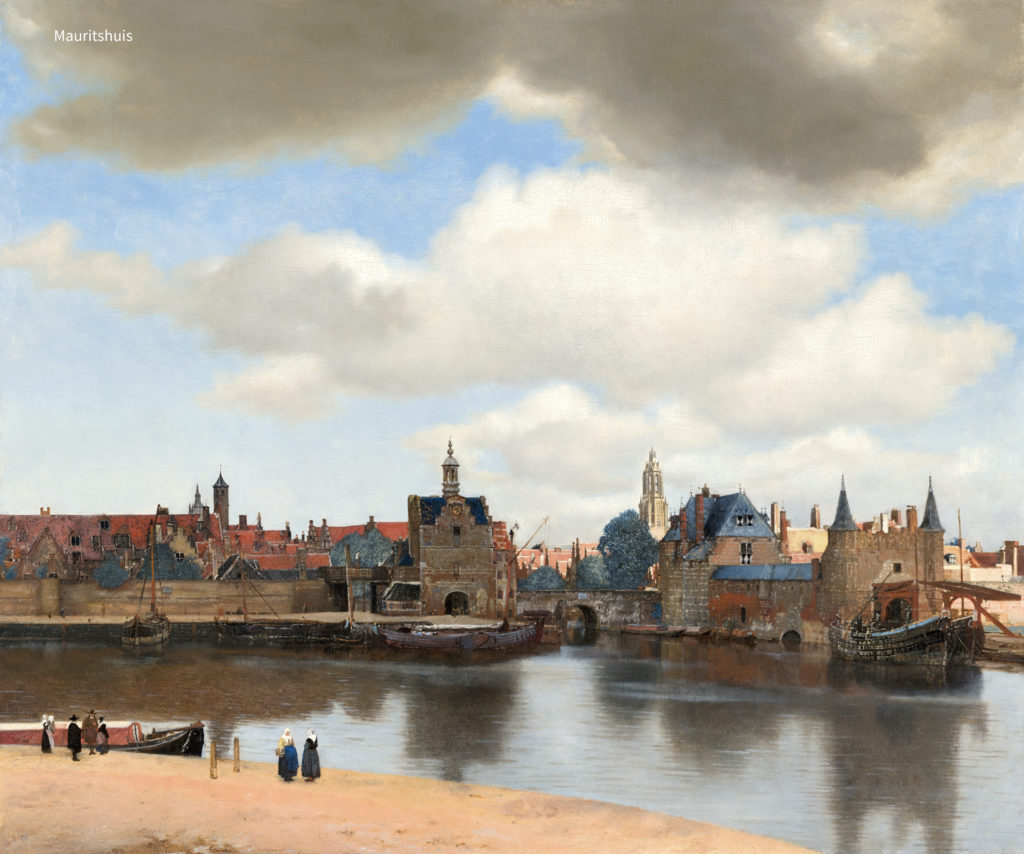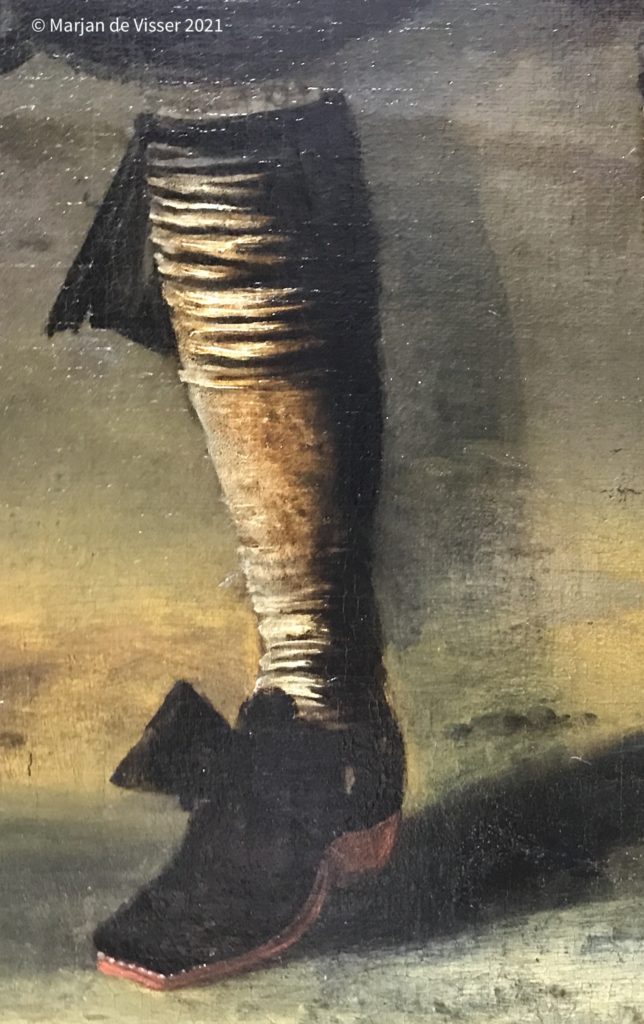Rijks Museum

Repentance!
The Rijksmuseum gives a nice explanation of repentir and pentimenti. Another name for such improvements is the French word for repentance: ‘repentir’. Some pentimenti can be seen with the naked eye because the top layer of paint that covered the change has become transparent over time. Others can be made visible by, for example, X-rays. Pentimenti provide insight into the creation of a work of art and show how an artist worked. For example, it is known that Jan Steen and Rembrandt changed a lot while painting ”.
Maurits Huis

Johannes Vermeer View of Delft
Yes Repentir – Pentimenti – Repentance in great artists. Also Johannes Vermeer repented when painting View of Delft. The small figures in the foreground have been painted away by himself. Small masters can also do some of it. Because many artists tinker with their performance. Sometimes it is pentimenti in the details of the performance. Then an attitude is changed here and there. Even more beautiful are the repentir of the upholstery in a landscape. Think of the figures and animals. This gives the performance a completely different meaning!


The Moucheron
Here are two paintings from the 17 e century where artists repented of the first embodiment. De Moucheron changed the entire upholstery on his landscape. Where previously a packed donkey walked out of sight, now a peddler with a dog walks towards us. See the men resting by the stream. The ox stood there first drinking. The herd of animals on the road has also changed composition.

remorse for a little sheep 
the ox reappears 
The artist De Moucheron repented of an ox and a rider on horseback

Family portrait
A portraitist from the North of the country corrected the figures on his family portrait. Father’s legs were moved and the ‘third’ leg is still vaguely visible next to the stockings. Also one of the children is now a bit firmer on the legs due to a pentimenti.








